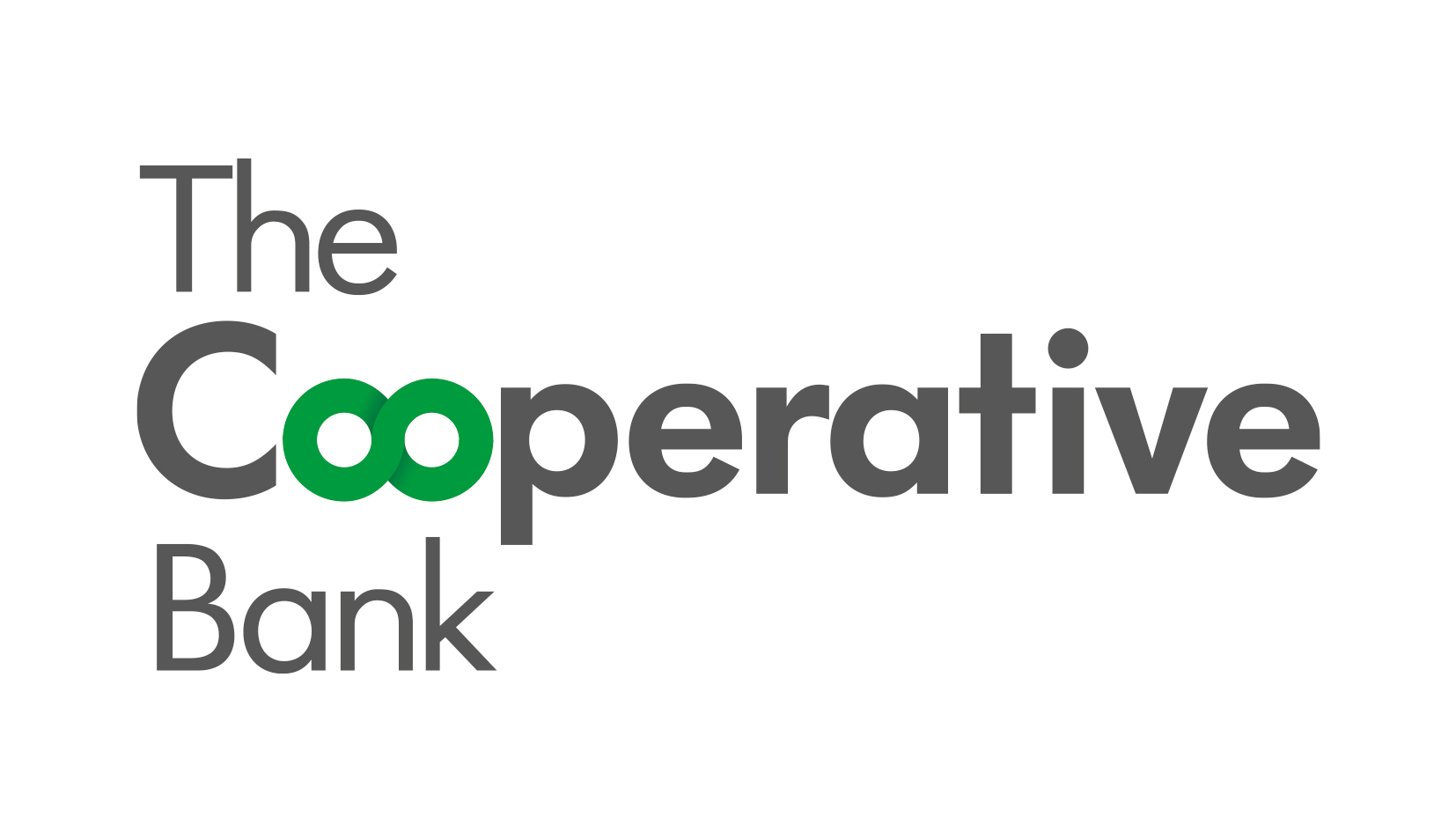first home buyers
Loan types and options
When applying for a home loan there are a number of different loan types to consider. We will meet with you to determine which one best suits your individual circumstances.
Principal and Interest
As the name suggest you are repaying both the principal amount borrowed and the interest charged. This is the most common type of loan taken out for an owner occupied home loan. The term can be anywhere up to 30 years with payments able to be made weekly, fortnightly or monthly to suit. As a general rule try to pay as much as you can in the early years of your loan (over and above your standard amount) as it will save you thousands in interest and reduce the overall term of your loan substantially!Flexi Loans
This type of loan is worth exploring. They allow you to use your loan as a bank account whereby all income is direct credited into the home loan. You use a credit card (with up to 55 days interest fee) for all household expenses, then repay that at the end of each month with a direct credit from your home loan to clear the credit card in full. Consequently no interest is charged on your credit card, and your salary has offset your loan all month. Ask your adviser for further explanation and while this may sound like a good option it tends to only work well for people with surplus monthly income and spending discipline.Interest Only
As the name suggests you are only paying the interest being charged to you. While the repayments will be less than a Principal and Interest loan this is not advisable to owner occupied purchasers as you will still owe the original amount of the loan borrowed at the end of the term.Fixed Interest Rates
You can choose to fix the interest rate on your home loan for six months to five years at a time. The upside is that repayments cannot go up on you during the fixed interest rate period. The downside is that if interest rates go down and you have fixed your rate for a longer period of time you are stuck paying the higher rate, while market variable rates can fluctuate. Be aware that there are some risks associated with fixing your rate for too long.Variable Interest Rates
This means that your interest rate can go up and down as the economy changes. The downside is that rates can go upwards increasing your repayments. The upside is the reverse, that if interest rates fall so do your repayments. If on a variable rate you can ask to change to a fixed rate at any time with little or no cost. Ask your adviser for their advice at the time of applying for your home loan.Combo loans
You can also ask to have some of your loan on a fixed term interest rate and some on a variable or flexi rate.Make sure you can pay extra payments over and above the standard monthly amount required and can redraw those extra payments made if you need to, (1 or 2 a year should be fine depdning on lender and product).
Take into account all fees associated with the loan when considering the best option, not just the interest rate. Look at the establishment fee, valuation fee, account keeping fee, portability fee, repayment holiday fee, discharge fee and fixed rate break fees.
Off Set Loans
With an Offset loan you can save on interest costs and reduce the term of your loan by offsetting the balance of your (and your family''s) transactional and savings accounts against your mortgage.It works by applying interest on the net differance between a customers nominated loan account and up to 10 linked deposit accounts linked to an Offset loan.
It offers the same benefits as a floating loan:the customer can change their repayments at any time without having to re-document their loan.If the customer is paying more than the minimum required,they can reduce or increase their regular repayments to any amount at or above the minimum.


